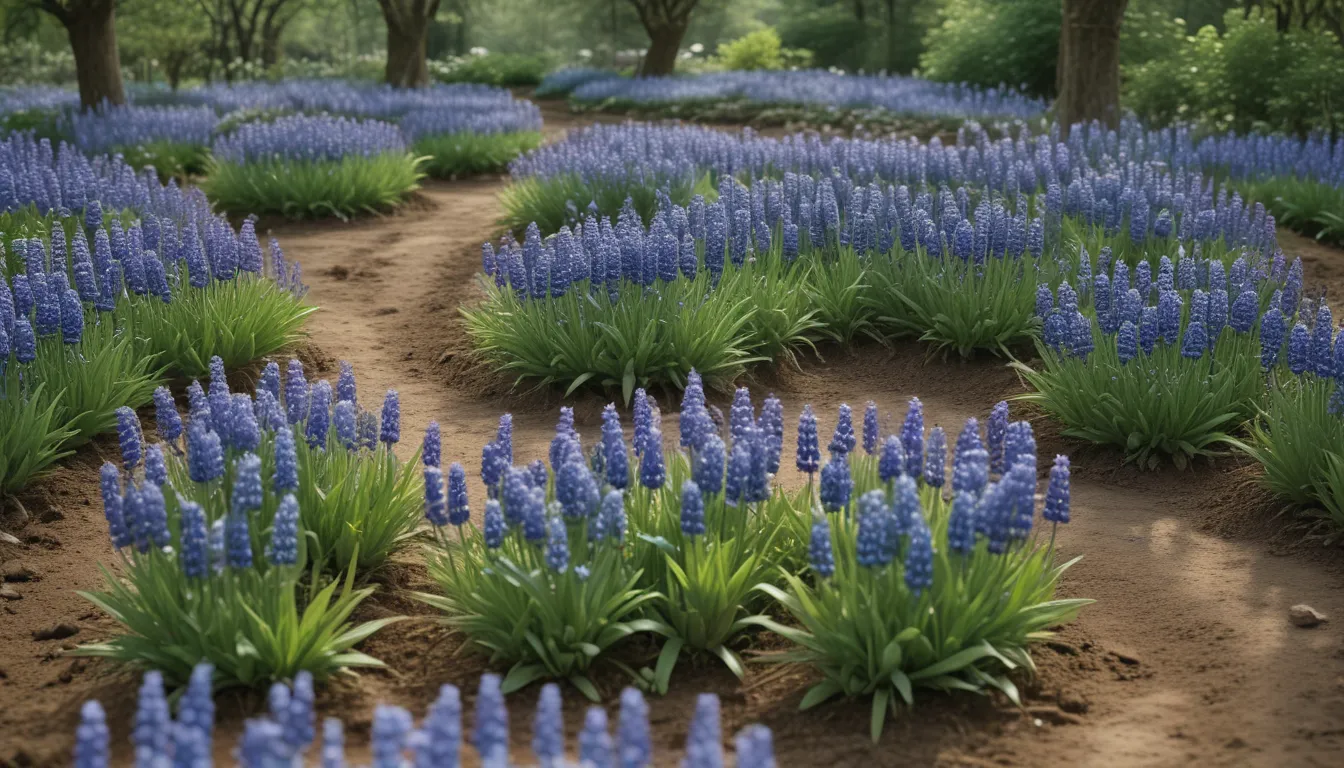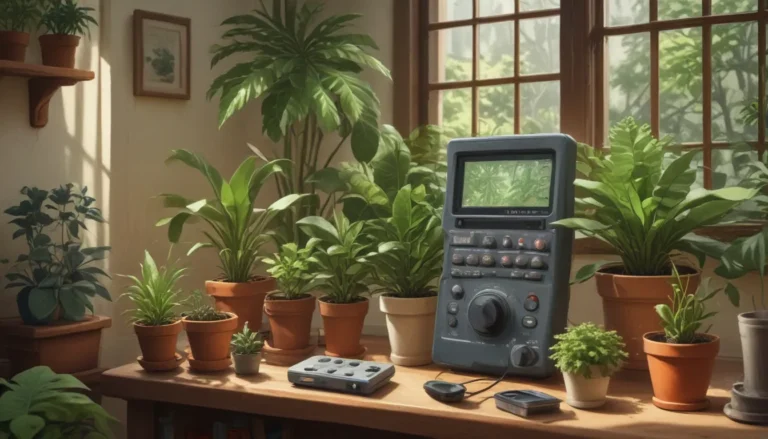Propagating Grape Hyacinth: A Complete Guide for Gardeners

Are you looking to expand your garden with the vibrant colors and sweet fragrance of grape hyacinths? These lovely little flowers are a delightful addition to any spring garden, offering bright shades of blue, purple, white, and even yellow blooms. Not only are they beautiful, but they are also low maintenance and easy to propagate.
Whether you prefer to expand your collection through bulb division or seed propagation, grape hyacinths are versatile plants that respond well to both methods. In this comprehensive guide, we will walk you through the process of propagating grape hyacinth bulbs and seeds. Let’s dive in and learn more about these charming flowers!
Grape Hyacinth Basics
Before we delve into propagation methods, let’s start with some basic information about grape hyacinths. Muscari, the genus to which grape hyacinths belong, is a group of small flowering bulbs native to rocky slopes of Eurasia and the Mediterranean basin. These plants typically grow six to 12 inches tall and produce one to three flower stalks in early spring.
As the name suggests, grape hyacinths feature tightly packed, urn-shaped florets that resemble clusters of grapes. The flowers come in various colors, including blue, white, mauve, pink, and yellow. Their sweet and fruity fragrance is most pronounced in the cool air of early morning and evening.
Hardy in Zones 3-9, grape hyacinths reproduce quickly through natural bulb multiplication and self-seeding. To prevent rapid spread, consider planting them in containers or creating defined borders in your garden.
Bulb Division
If you’re looking to expand your grape hyacinth collection quickly, bulb division is a straightforward and effective method. Transplanting grape hyacinths through bulb division can be done in early autumn or early spring. However, dividing and transplanting in the fall allows new plants to establish healthy roots before blooming in their first year.
Here’s a step-by-step guide to dividing grape hyacinth bulbs:
- Plan to dig up bulbs in early autumn or in spring after the flowers have faded.
- Water existing plant clusters if the soil is dry to make separating them easier.
- Separate bulbs by size, reserving the healthiest and largest ones for replanting.
- Choose a planting site with well-draining soil enriched with organic matter.
- Set the bulbs one to two inches apart, root side down, at a depth of one to three inches.
- Firm the bulbs in place and water lightly to settle them and the soil.
Remember that grape hyacinth bulbs multiply quickly, so avoid scattering them in areas where they may become invasive.
Seed Propagation
If you prefer a slower but rewarding method of propagation, consider seed propagation for grape hyacinths. After the plants have finished blooming, they produce small seed pods that ripen and disperse over the summer. You can collect these seeds and start new plants either outdoors or indoors.
For indoor seed propagation, follow these steps:
- Scatter seeds on a damp paper towel inside a loosely sealed plastic bag and place it in the refrigerator for 12 weeks.
- After sprouting, transplant the seeds into containers or the garden once the risk of frost has passed.
For outdoor seed propagation, follow these steps:
- Scatter seeds on moistened starter soil in trays or seed flats with a clear lid.
- Place the trays in a cold frame for at least 12 weeks over winter.
- After sprouting, transplant the seeds into containers or the garden.
Seed-started grape hyacinth plants take approximately three years to bloom, so be patient as they establish and grow.
Forced Blooms
Forcing grape hyacinth bulbs to bloom indoors is a fun way to enjoy their vibrant colors early in the season. Here’s how you can force indoor blooms:
- Plant healthy bulbs root side down in a container filled with potting mix.
- Store the containers in a cool, dark place for eight to ten weeks.
- Once shoots emerge, move the containers to a sunny location and water the soil regularly.
By following these steps, you can enjoy beautiful grape hyacinth blooms indoors before they appear in your garden.
Reliable Charm in Your Garden
Grape hyacinths are reliable and charming additions to any garden, offering vibrant colors and delightful fragrances in the early spring. Whether you choose to propagate them through bulb division or seed propagation, these plants are easy to grow and maintain.
Have you tried propagating grape hyacinths in your garden? Share your experience with us in the comments below! If you’re looking for more information on growing grape hyacinths, check out our guides on how to care for these beautiful flowers and the best varieties for your garden.
With their hearty habits and dependable presence, grape hyacinths are sure to bring joy to your garden each spring. Start propagating these lovely plants and watch your garden bloom with vibrant colors and sweet fragrances!





